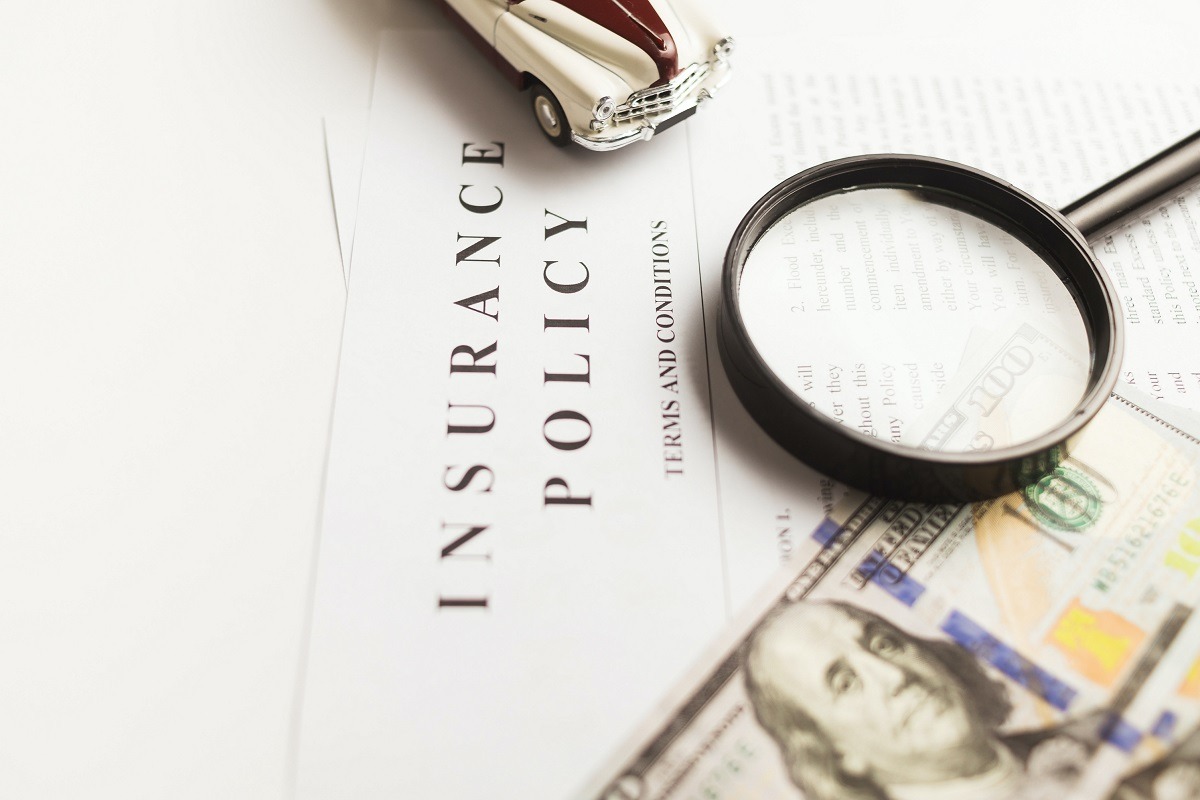What Is Symbol 47 In A Truckers Policy?
The trucker’s policy can be a difficult set of regulations to understand. It is important that you know what your rights are under the law and how to protect yourself when it comes to being involved in an accident with another driver or his/her insurance company.

What Is Trucking Insurance?
Trucking insurance, also known as commercial motor vehicle (CMV) insurance, is required by most states for anyone who operates a commercial vehicle on public roads. This includes drivers, owners, and companies that operate trucks, buses, tractor-trailers, etc.
The purpose of trucking insurance is to cover any liability resulting from accidents involving these vehicles. In other words, if someone is injured or killed because of a collision between two trucks, the trucking insurance will payout.
The trucking insurance industry has grown significantly over the past few years. There are now many different types of policies available to choose from. These include personal auto insurance, which covers private passenger cars; commercial auto insurance, which covers commercial vehicles such as vans, pickups, and delivery trucks; and commercial property insurance, which covers businesses’ buildings and equipment.
In addition to covering legal liabilities, trucking insurance typically provides coverage for medical bills, lost wages, and replacement costs. Some policies may even provide protection against uninsured motorists.
How Does Trucking Insurance Work?
When you purchase a trucking insurance policy, you pay monthly premiums based on the type of vehicle you own and its value. You’ll usually receive discounts if you have multiple vehicles insured under one policy.
Your insurance company will evaluate your driving record and the number of miles driven each year. If you’re deemed at risk, they may require additional proof of financial responsibility. They may ask for copies of your credit report, tax returns, bank statements, and more.
Once they’ve determined your risk level, they’ll issue a certificate stating whether you qualify for their basic coverage or higher levels of coverage. Basic coverage protects you from bodily injury and property damage caused by negligent drivers. Higher levels of coverage add additional protections, including those for medical expenses, loss of income, and attorney fees.
You should compare rates offered by several insurers before buying a policy. Your insurer may offer lower rates than others but charge higher deductibles and copays. Always read the fine print carefully.
Trucking Insurance: What Is Symbol 47?
This symbol means the following:
“Provides coverage only for autos leased, hired, rented, or borrowed by the named insured. This does not include autos owned by employees or members of their families.”
If you don’t lease, hire, rent, or borrow your truck, this symbol won’t affect your policy. However, if you do lease, hire, rent or borrow your truck, you must remove this symbol to get full coverage.
Why Do I Need To Remove The “Lease/Hire/Rent/Borrow” Symbol?
If you lease, hire, rent, or borrow your truck, it’s important to know that you can be held liable for injuries or damages caused by the truck. It doesn’t matter who is actually operating the truck when an accident occurs. If you lease, hire or rent the truck, you could be held responsible for the negligence of the driver.
For example, let’s say you lease a truck from a rental agency. While you’re out of town, the rental agent lets his friend drive the truck while he takes a vacation. When a friend causes an accident, you could be sued for any resulting injuries or damages.
The same thing goes for hiring a contractor to work on your home. Let’s say you hire a handyman to fix a leaky faucet. After fixing it, he leaves without finishing the job. A week later, water starts pouring into your basement. You could be sued for any damages caused by the leaky faucet, regardless of who was actually operating it.
In order to protect yourself from being held liable for someone else’s actions, you need to remove the “lease/hire/rent/borrow” symbol from your policy.
How Can I Get Rid Of The Lease/Hire/ Rent/Borrow Symbol From My Policy?
There are two ways to get rid of the “lease/hire” symbol from your policy:
1. Call your insurance provider directly. Tell them you want to remove the “lease” symbol from your policy and ask them how much it would cost.
2. Contact your local insurance agent. Ask him or her about removing the “lease” symbol.
Insurance companies usually have a list of approved agents near where you live. Find out which one has experience with trucking policies.
When you call your insurance provider, tell them why you want the symbol. For example, you might explain that you own the truck and you’d like to keep the coverage as long as possible. Or maybe you just want to make sure you aren’t paying more money for something you don’t use.
If you choose option 1, you’ll probably have to pay a small fee to remove the “lease”, although most providers will waive the fee if you request it.
If you choose option 2, you’ll likely save some money because your agent knows what kind of trucks you drive and what kind of rates you normally receive.
Final Thoughts
Removing the “lease/hire/” symbol from your policy will help protect you against lawsuits related to leasing, hiring, renting, or borrowing your vehicle.
However, you should still read your policy carefully to make sure you understand all of its terms and conditions. In addition, you may want to consider purchasing additional liability coverage through your auto insurance company.
This way, even if you never lease, hire, rent, or borrow your truck, you’ll still be covered for any accidents or damages that result from the negligent actions of others.
Frequently Asked Questions
What Does The “Lease/Hire/Rent/Borrow” Symbol Mean?
This symbol means that you are leasing, hiring, renting, or borrowing your truck. If you do not own the truck, this means that you are not responsible for any accidents or damage that occur when another person operates the vehicle.
